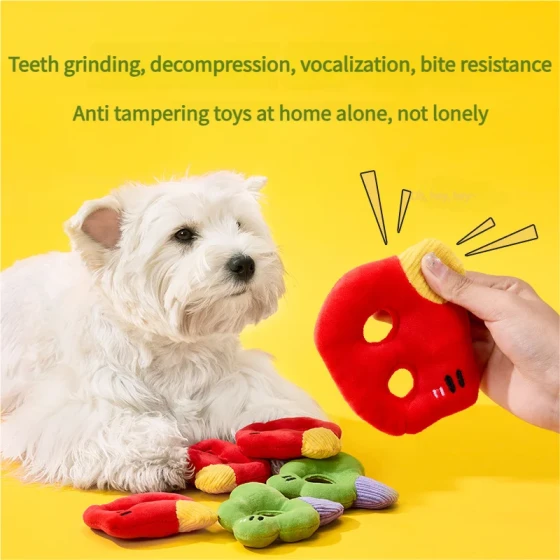How to Train a German Shepherd

A German Shepherd is a dog that looks like a wolf, is fierce in nature, and has a keen sense of smell. How to train a German Shepherd? Below we will introduce some basic training methods for German Shepherds. Let's learn together!
1. Training a German Shepherd Should Start Early
Initially, you need to conduct some basic training, including sit, lie down, stay, roll over, come, fetch, and so on. These trainings are completed through conditioned reflexes and incentives. It is easier to achieve results when the German Shepherd is young. However, if professional training is required, it is best to send the dog to a specialized institution. There, professionals will provide a series of systematic trainings, such as attack training, tracking, identification, distance commands, stage performance, guarding, and protection. Special attention should be paid to not keep the German Shepherd locked in a cage for long periods, as this suppresses its psychological development, making its temperament unpredictable and difficult to control. It can easily attack humans, and the owner cannot control its movements, which is very dangerous. Training should cultivate both the psychological and behavioral quality and ability of the German Shepherd.
2. Favorite Toys or Games
Constant use of auxiliary tools (such as sounds, leashes, hands, clickers, rewards) helps develop correct behavior in the dog. Calling the dog's name to get its attention, then giving verbal commands. Make a list of commands, whether they are sounds, signals, whistles, etc., ensuring that everyone (including trainers) uses the same commands. 1. Force Many dog trainers in the past tried the force method, and some still use this way. Pulling the dog's head, yelling at it, hitting it.
3. The Owner Must Be Patient
Cultivate adaptability. Dogs often avoid things they dislike, bark at them, or simply destroy them. This can sometimes cause great trouble for the owner. In this situation, you must be patient and never be anxious. Let the dog slowly approach what it dislikes, while continuously speaking to it in a gentle voice to calm it down. If you scold or hit the dog at this time, it will only make the dog stay away even more. Moreover, keeping the dog away from what it dislikes only increases the owner's troubles and leaves the owner helpless.
-560x560.webp)


-560x560.webp)

-560x560.webp)